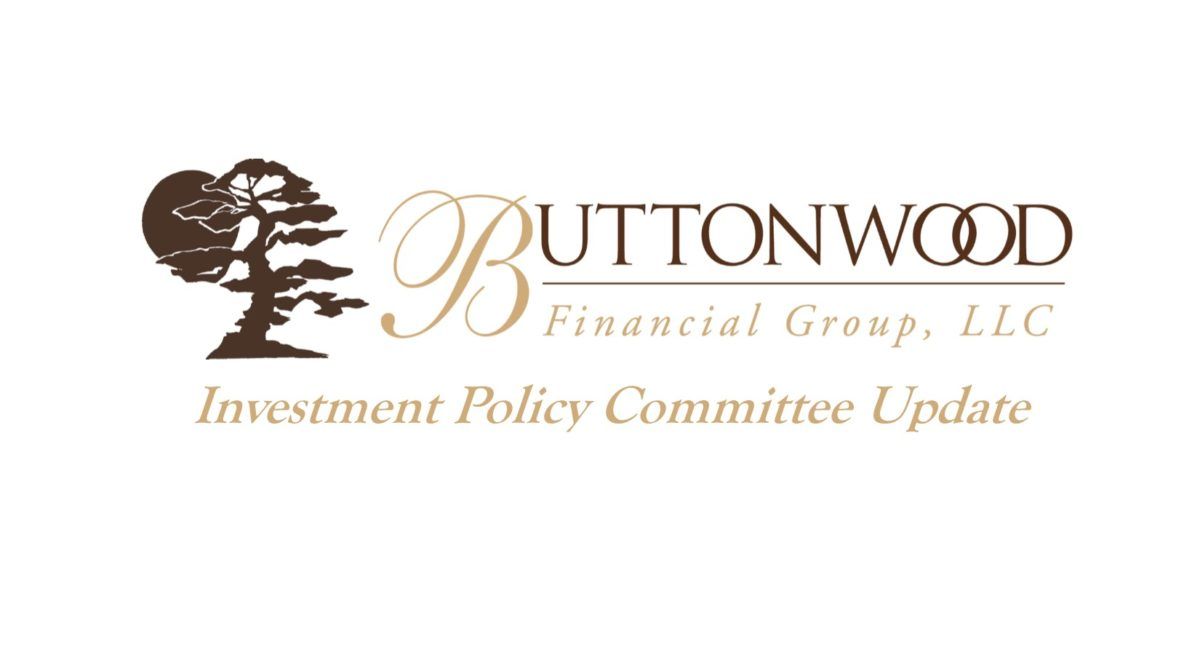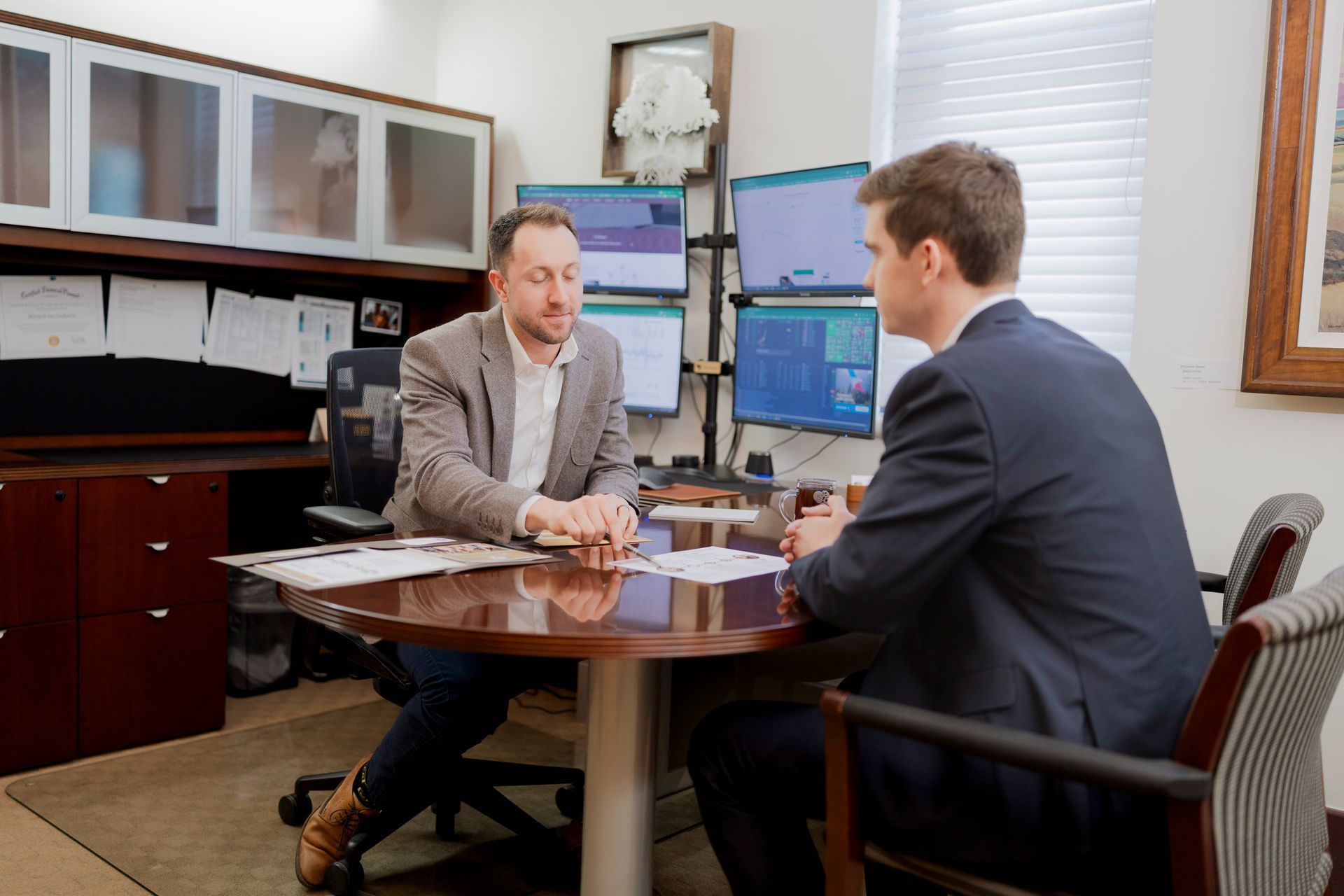Mega Backdoor Roth IRA Strategy
How to remove $150k / year from taxation for life using the Mega Backdoor Roth strategy
You are likely familiar with the Roth IRA and the tax-free growth and withdrawal benefits that come with it. If you have higher income and are unable to contribute to the Roth, you may also be familiar with the backdoor Roth funding strategy. However, for those who want to maximize tax free growth and withdrawal benefits – whether it be for you or your beneficiaries, the Mega Backdoor Roth strategy is an option worth exploring.
The Mega Backdoor Roth strategy allows individuals to contribute to both a Roth IRA and a Roth 401(k), then add a third Roth component to their savings. In this update we share what you need to know about this strategy, and how to work through the details to implement.
Traditional vs. Roth IRA
Contributions you make to your Roth IRA and Roth 401(k) are after-tax dollars, meaning you’ve already paid income tax on these dollars before you contributed them to your account. Assets contributed to a Roth grow tax-free. Because you already paid taxes on the dollars, when funds are withdrawn, you won’t owe additional taxes; even on the earnings. Essentially, by contributing assets to a Roth you are removing assets from income tax for the rest of your life – as well as your beneficiaries!
Alternatively, if you opt for a traditional IRA or 401(k), you are making contributions with pre-tax dollars. As such, the amount contributed is not taxed, which can be a very beneficial strategy when your income is high to reduce your tax bill. Similar to the Roth, assets grow tax-deferred, however, when you make withdrawals from a traditional IRA or 401(k), you will be required to pay taxes on those funds, so they are not tax free.
The IRS sets annual maximum contribution limits for both traditional and Roth accounts. Before contributing, we recommend getting in touch with your CPA or one of our financial advisors to make sure your contribution strategy is optimized.
What is the Backdoor Roth strategy?
You can only contribute to a personal Roth IRA if you have earned income, and that income is not over a specific limit. In 2024, the income limit before you are fully phased out of being able to make a Roth IRA contribution is $161,000 or more as a single filer or $240,000 if you are married filing jointly.1
If you are making more than these IRS income limits, there is still an opportunity to fund a Roth IRA by taking advantage of the Backdoor Roth strategy. This strategy allows high earners to bypass the income limits and still utilize the tax advantages of a Roth IRA.
Here’s how to implement a tax-free backdoor Roth IRA contribution:
- Do one of the following, with the objective being to remove any balance you have from your personal traditional IRA(s):
- Convert your traditional IRA(s) to Roth IRA(s). (The amount converted will cause a tax impact!)
- Rollover your traditional IRA(s) to an employer 401(k) or similar employer plan.
- Once completed, and you no longer have a balance in your traditional personal IRA and all your retirement asset are in employer plans, fund your traditional IRA for the year and report your contribution on form 8606 to let the IRS know you have basis in your traditional IRA.
- Request your IRA custodian convert the basis in your traditional IRA to your Roth IRA leaving your traditional IRA with a $0 balance.
- Repeat annually.
Of course, these are steps we do for multiple clients each year that can be delegated to your wealth management team.
If you don’t want to pay taxes on a Roth conversion, or you don’t have an employer plan to roll over your personal traditional IRA assets to it’s time to think. We work with these strategies regularly and can explore options that may be available for your unique situation.
What Is the Mega Backdoor Roth Strategy?
The Mega Backdoor Roth strategy adds an additional layer of complexity to receive the Roth tax-free for life benefits up to the IRS Defined Contribution Plan annual limits. [In 2024 this is $69,000 + $7,500 if you are over 50 = $76,500 x 2 for a couple = $153,000 into a 401(k)]. On top of the backdoor Roth contributions. [In 2024 $7,000 + $1,000 if you are over 50 = $8,000 x 2 for a couple = $16,000]. $153k + $16k = $169k
A common misconception we see is those who believe they don’t qualify for this strategy because their current 401(k) doesn’t provide an ‘after tax’ option or they need the cash flow from their employer to cover some of their living expenses.
The Mega Backdoor strategy is generally available to anyone who has the after-tax option in their employer plan, which can include some W2 employees but does include almost everyone who is self-employed. Additionally, for those individuals with a balance sheet, we regularly illustrate cash flow creation that can be developed from multiple sources.
If you’re considering this option, you’ll want to work with an experienced financial advisor or CPA to determine first whether it may be beneficial to you, and if so, the best strategy for you to use as you are implementing.
How Does the Mega Backdoor strategy work?
For W2 employees, the Mega Backdoor Roth will only work if your employer allows for ‘Employee after-tax contributions’ into your 401(k) account. Some traditional 401(k) plans offer this option, but many do not. At Buttonwood we regularly review our clients 401(k) plan documents to determine if this option exists. In addition, for our clients who own businesses, who are self-employed or who have 1099 income, we regularly use 401(k) plans that allow for these types of contributions.
Keep in mind Employee after-tax contributions are separate from regular ‘Employee 401(k) contributions’ (which can be pre-tax (traditional) or post tax (Roth)), and they don’t count toward your Employee 401(k) contribution limit. If pursuing this strategy on your own, you’ll want to confirm with your HR department or plan administrator to determine whether this option is available to you.
Once you know the Employee after-tax contribution options available, you’ll need your 401(k) plan to provide you some flexibility. Ideally you will want the plan to allow you to move the balance of your Employee after-tax account value from the 401(k) plan to the Roth 401(k) portion of your plan, or you will want your plan to allow you to do a tax-free direct rollover of your after-tax money from the 401(k) plan to your personal Roth IRA. In retirement speak, this next leg of the Mega Roth strategy is called an ‘in-service withdrawal’. Either way, the objective is to regularly distribute the balance of your Employee after-tax account out to a Roth account.
If your plan doesn’t permit in-service withdrawals, you may have to wait until you leave your job (in-service) for the opportunity to roll your after-tax money to your Roth IRA account. For most people looking to use a mega backdoor Roth IRA strategy, this reduces the impact of the strategy because the gains in the Employee after-tax account do not grow tax free like they would in the Roth 401(k) or Roth IRA. When they are eventually converted to Roth, the gains are taxable.
Who Does the Mega Backdoor Roth Strategy Work Best For?
Mega backdoor Roth IRA strategies are a bit complex, requiring the right 401(k) plan benefits as well as proactive management to move assets between account types. As such, they aren’t ideal for everyone. This strategy is most beneficial for singles with income over $100k or couples with income over $200k that have after-tax liquid assets they can use while they ‘power save’ their earning to tax-free Roth accounts. If your assets are lower and your income is higher, that can work as well – the key to success is your free cash flow. The more, the better. Traditional W2 employees are dependent upon their employers to offer the right options in their 401(k) plans. For successful business owners and self-employed individuals, this strategy works beautifully.
If this sounds like you, and you are interested in maximizing the amount of assets you can remove from income tax for not only your life, but for your beneficiaries as well, please connect with Macy and she can coordinate a conversation with one of our wealth managers to ensure you are taking advantage of the opportunity that exists in the Mega Backdoor Roth strategy.
If this doesn’t sound like you, you may find utilizing a traditional or Roth IRA and your 401(k) account to save for retirement is the best option.
- https://www.irs.gov/newsroom/401k-limit-increases-to-23000-for-2024-ira-limit-rises-to-7000
Recent Buttonwood Articles

Are you ready to explore the benefits of your very own Family CFO?





